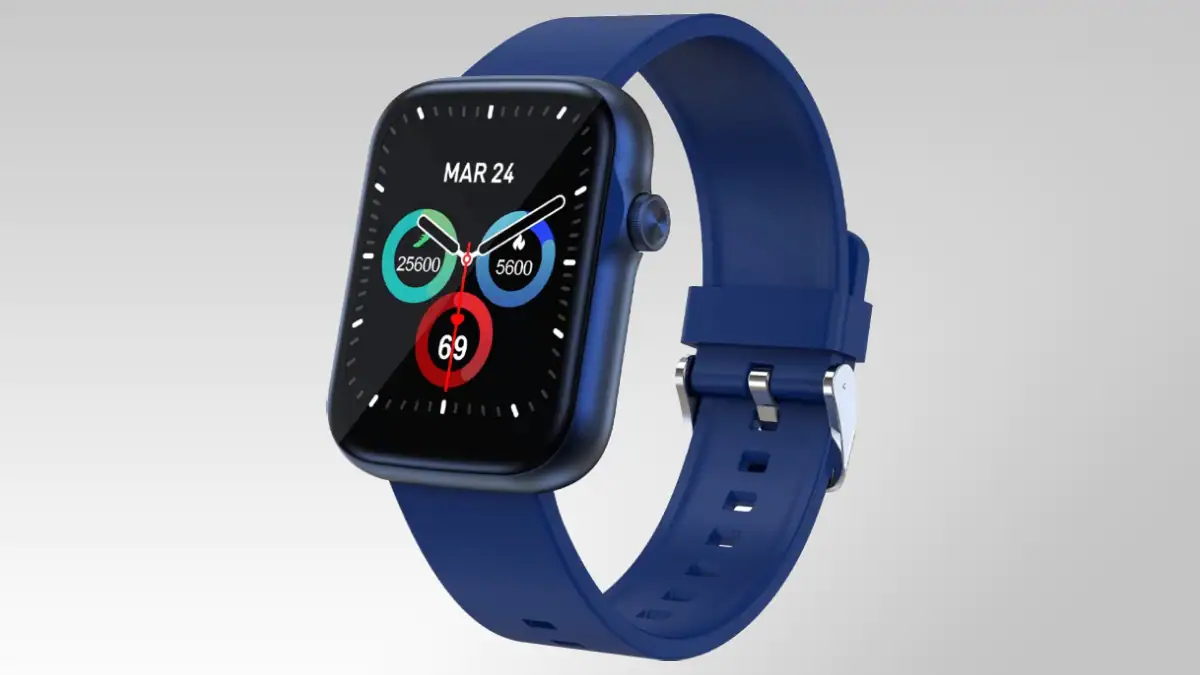Vivo X80 and Vivo X80 Pro were launched at an event in China on Monday. While the regular Vivo X80 carries an octa-core MediaTek Dimensity 9000 SoC, the Vivo X80 Pro comes in two distinct variants — one with the Dimensity 9000 chip and the other one offering a Qualcomm Snapdragon 8 Gen 1 SoC. The new Vivo phones Zeiss options, and the Pro model also includes a periscope-shaped lens for 5x optical zoom support. Additionally, the Vivo X80 Pro offers a 2K E5 LTPO AMOLED display. Both Vivo X80 and X80 Pro have 80W fast charging. However, the Pro version also comes with 50W wireless charging support.
Vivo X80, Vivo X80 Pro price
Vivo X80 price has been set at CNY 3,699 (roughly Rs. 43,200) for the base 8GB RAM + 128GB storage variant. The phone also comes in an 8GB + 256GB model at CNY 3,999 (roughly Rs. 46,700), 12GB + 256GB at CNY 4,399 (roughly Rs. 51,400) and the top-end, 12GB + 512GB model at CNY 4,899 (roughly Rs. 57,300). In contrast, the Vivo X80 Pro begins at CNY 5,499 (roughly Rs. 64,300) for the 8GB + 256GB model. The phone also has a 12GB + 256GB variant at CNY 5,999 (roughly Rs. 70,100) and a 12GB + 512GB option at CNY 6,699 (roughly Rs. 78,300). The Vivo X80 Pro Dimensity 9000 Edition, on the other hand, starts at CNY 5999 (roughly Rs. 70,100) for the 12GB + 256GB configuration and goes up to CNY 6,699 (roughly Rs. 78,300) for the 12GB + 512GB model.
The Vivo X80 series comes in Black, Cyan, and Orange colours. While the Vivo X80 and X80 Pro will be available for purchase in China from April 29, the Vivo X80 Pro Dimensity 9000 Edition will debut on May 5. All three models are currently available for pre-orders in the country.
Details about the global debut of the Vivo X80 series are yet to be officially revealed. However, the phones purportedly appeared on the Bureau of Indian Standards (BIS) site earlier this month to suggest their arrival in the Indian market.
Vivo X80 specifications
The dual-SIM (Nano) Vivo X80 runs Android 12 with OriginOS Ocean on top and features a 6.78-inch full-HD+ (1,080×2,400 pixels) AMOLED display with a 20:9 aspect ratio and up to 120Hz refresh rate. Under the hood, the phone has the MediaTek Dimensity 9000 SoC, along with up to 12GB of LPDDR5 RAM. There is the triple rear camera setup that houses a 50-megapixel primary Sony IMX866 RGBW sensor, along with an f/1.75 lens that supports optical image stabilisation (OIS). The rear camera setup also includes a 12-megapixel ultra-wide shooter and a 12-megapixel portrait sensor. The ultra-wide shooter is equipped with an f/2.0 aperture, while the portrait sensor has an f/1.98 lens.
Vivo X80 comes with a full-HD+ AMOLED display
Photo Credit: Vivo
For selfies and video chats, the Vivo X80 comes with a 32-megapixel selfie camera sensor at the front, with an f/2.45 lens.
The Vivo X80 comes with up to 512GB of UFS 3.1 storage. Connectivity options include 5G, 4G LTE, Wi-Fi 6, Bluetooth v5.3, GPS/ A-GPS, Infrared (IR) blaster, NFC, and a USB Type-C port. Sensors on board include an accelerometer, ambient light, gyroscope, magnetometer, and a proximity sensor. The phone also includes an in-display fingerprint sensor.
Vivo has packed the X80 with a 4,500mAh battery that supports 80W Flash Charge fast charging. Besides, the phone measures 164.95×75.23×8.78mm and weighs up to 206 grams.
Vivo X80 Pro specifications
The dual-SIM (Nano) Vivo X80 Pro runs Android 12-based OriginOS and features a 6.78-inch 2K (1,440×3,200 pixels) AMOLED display with an up to 120Hz refresh rate. The phone is powered by the Snapdragon 8 Gen 1 SoC, though it also has the Dimensity 9000 SoC version. The Snapdragon model has 8GB and 12GB LPDDR5 RAM options, whereas the Dimensity option has 12GB LPDDR5 RAM as standard.
In terms of optics, the Vivo X80 Pro comes with a rear camera setup that includes a 50-megapixel primary Samsung ISOCELL GNV sensor, along with a 48-megapixel ultra-wide Sony IMX598 shooter and a 12-megapixel Sony IMX663 sensor with a portrait lens. There is also the additional periscope-shaped ultra-telephoto f/3.4 lens that is available on top of an 8-megapixel sensor.
The Vivo X80 Pro also includes a 32-megapixel selfie camera sensor at the front, with an f/2.45 lens.
On the storage front, the Vivo X80 Pro provides up to 512GB of UFS 3.1 storage.
Connectivity options on the Vivo X80 Pro include 5G, 4G LTE, Wi-Fi 6, GPS/ A-GPS, Infrared (IR) blaster, NFC, and a USB Type-C port. The Snapdragon variant has Bluetooth v5.2 support, while the Dimensity model comes with Bluetooth v5.3.
Sensors on the Vivo X80 Pro include an accelerometer, ambient light, gyroscope, magnetometer, and a proximity sensor. There is also an ultrasonic in-display fingerprint sensor.
The Vivo X80 Pro packs a 4,700mAh battery that supports 80W Flash Charge wired fast charging and 50W wireless charging. The phone measures 164.57×75.30×9.10mm and weighs up to 219 grams. Lastly, the phone comes with an IP68-rated build that offers dust and water resistance.
